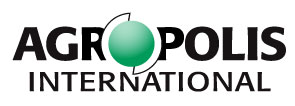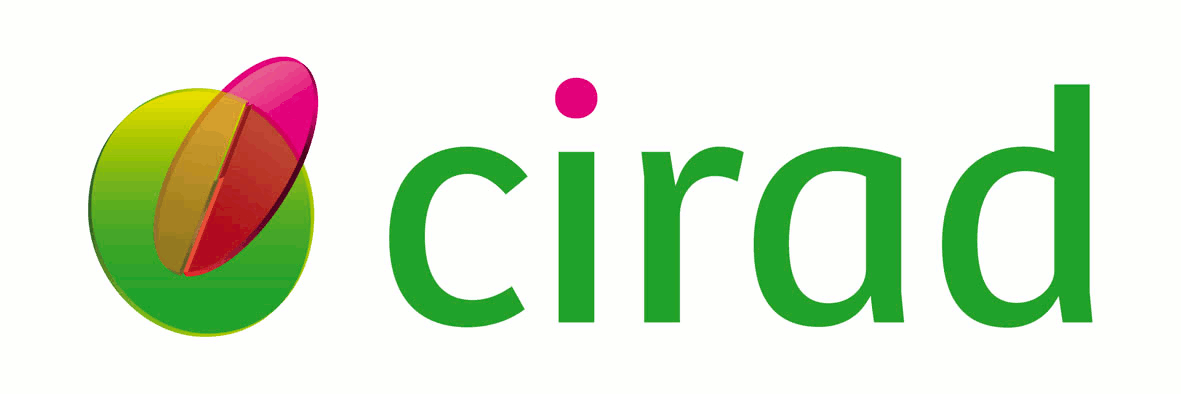Reticulated pattern formation during folding instabilities in thin films: what does it teaches us about leaf venation? (ATTENTION, lieu: amphithéâtre IRD)
Résumé
Mechanical instabilities that cause periodic wrinkling during compression of layered materials find applications in stretchable electronics and microfabrication, but can also limit an application’s performance owing to delamination or cracking under loading and surface inhomogeneities during swelling. In particular, because of curvature localization, finite deformations can cause wrinkles to evolve into folds. The wrinkle-to-fold transition has been documented in several systems, mostly under uniaxial stress. However, the nucleation, the spatial structure and the dynamics of the invasion of folds in two-dimensional stress configurations remain elusive. Here, using a two-layer polymeric system under biaxial compressive stress, we show that a repetitive wrinkle-to-fold transition generates a hierarchical network of folds during reorganization of the stress field. The folds delineate individual domains, and each domain subdivides into smaller ones over multiple generations. The resulting network shares geometric properties with venation patterns and reproduces features of leaf margins as well as striation patterns of monocotyledons. Therefore this simple mechanical analogy may teach us some fundamental features about reticulated pattern formation during leaves venation.






